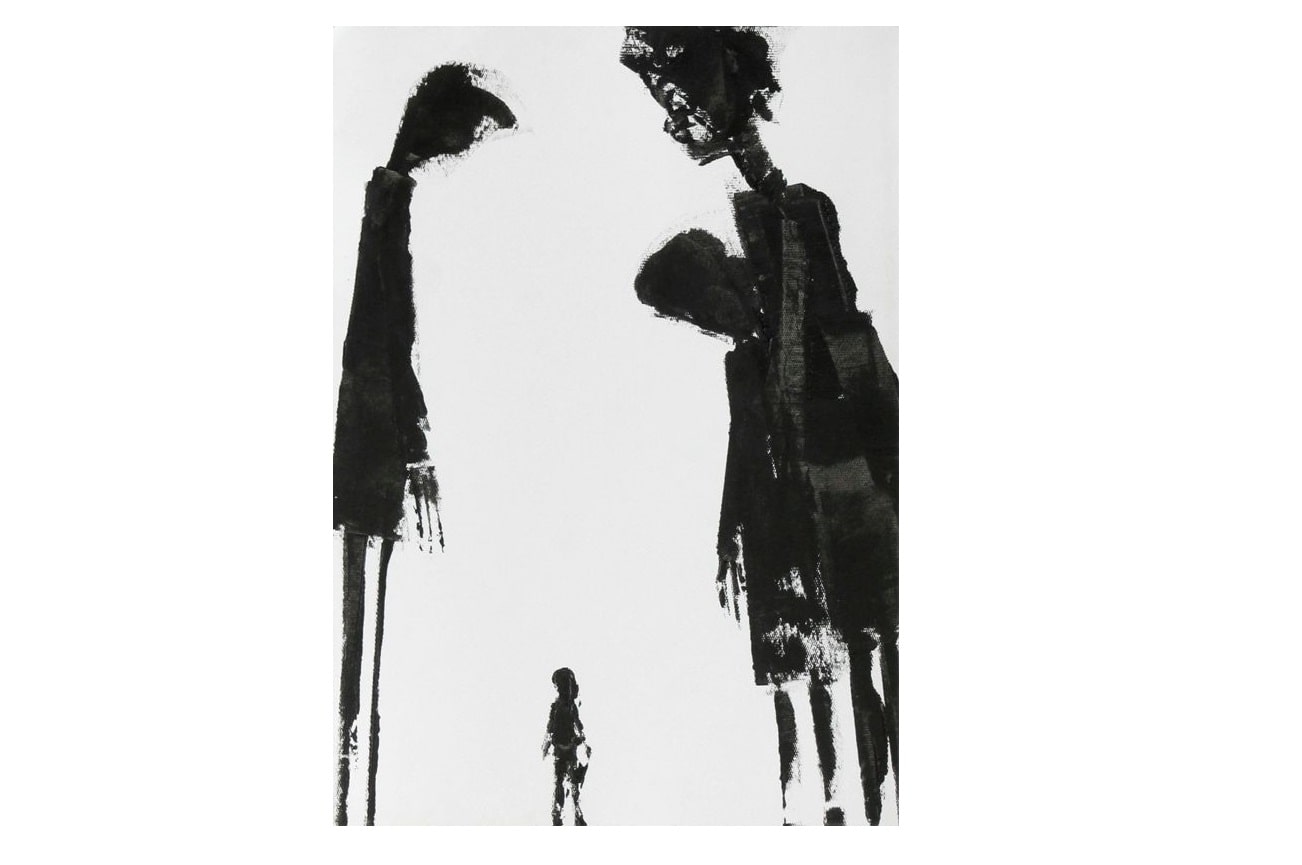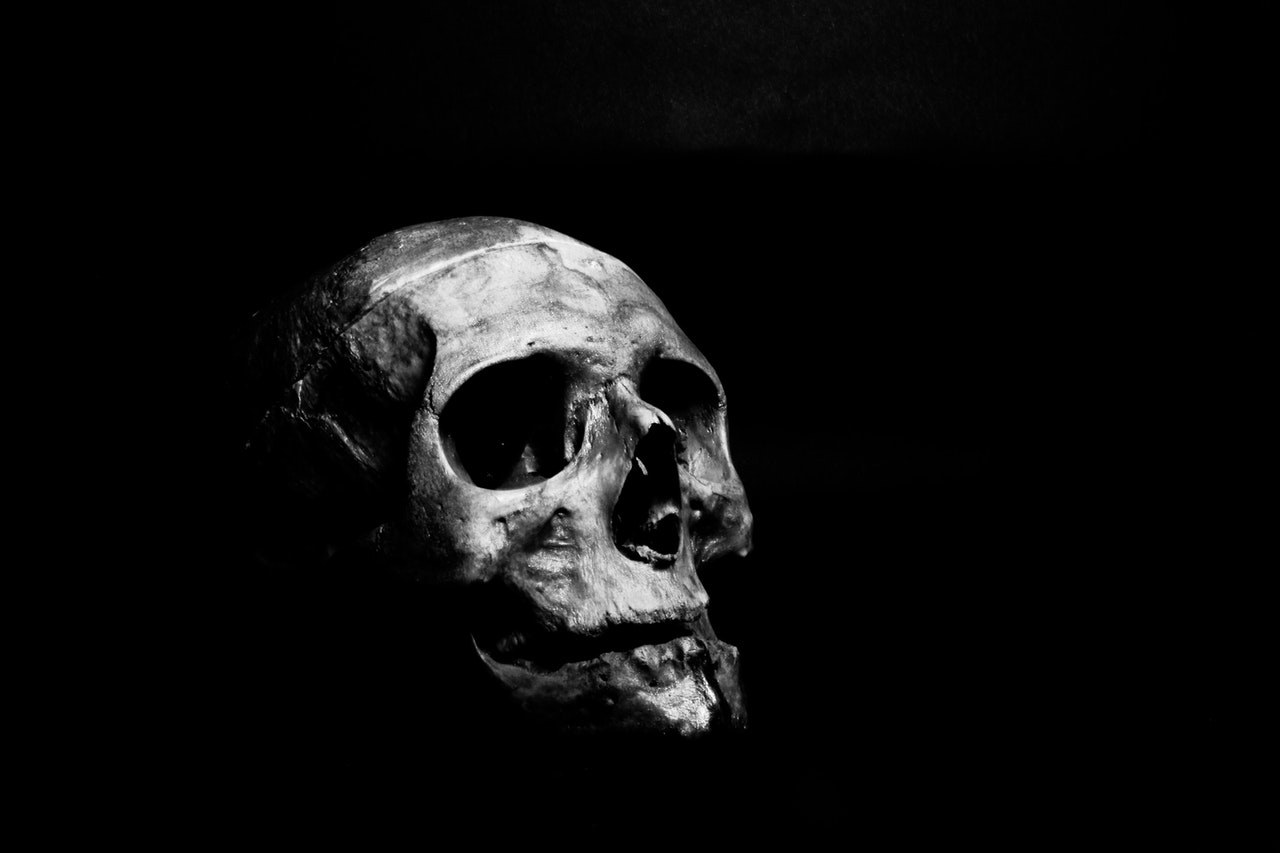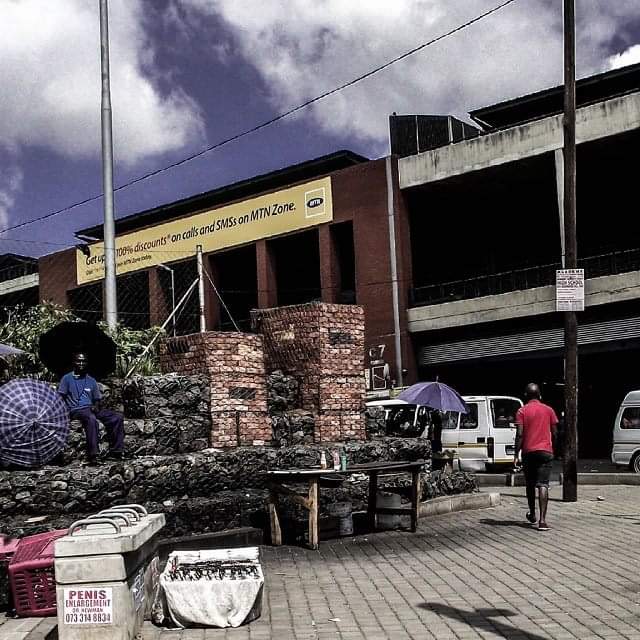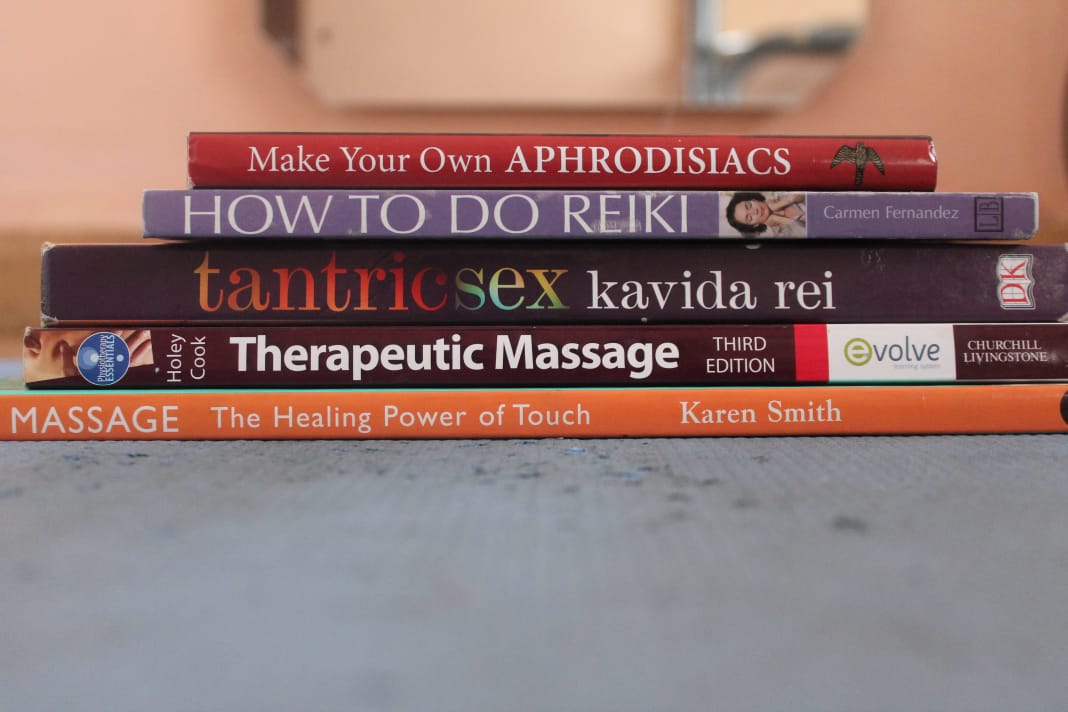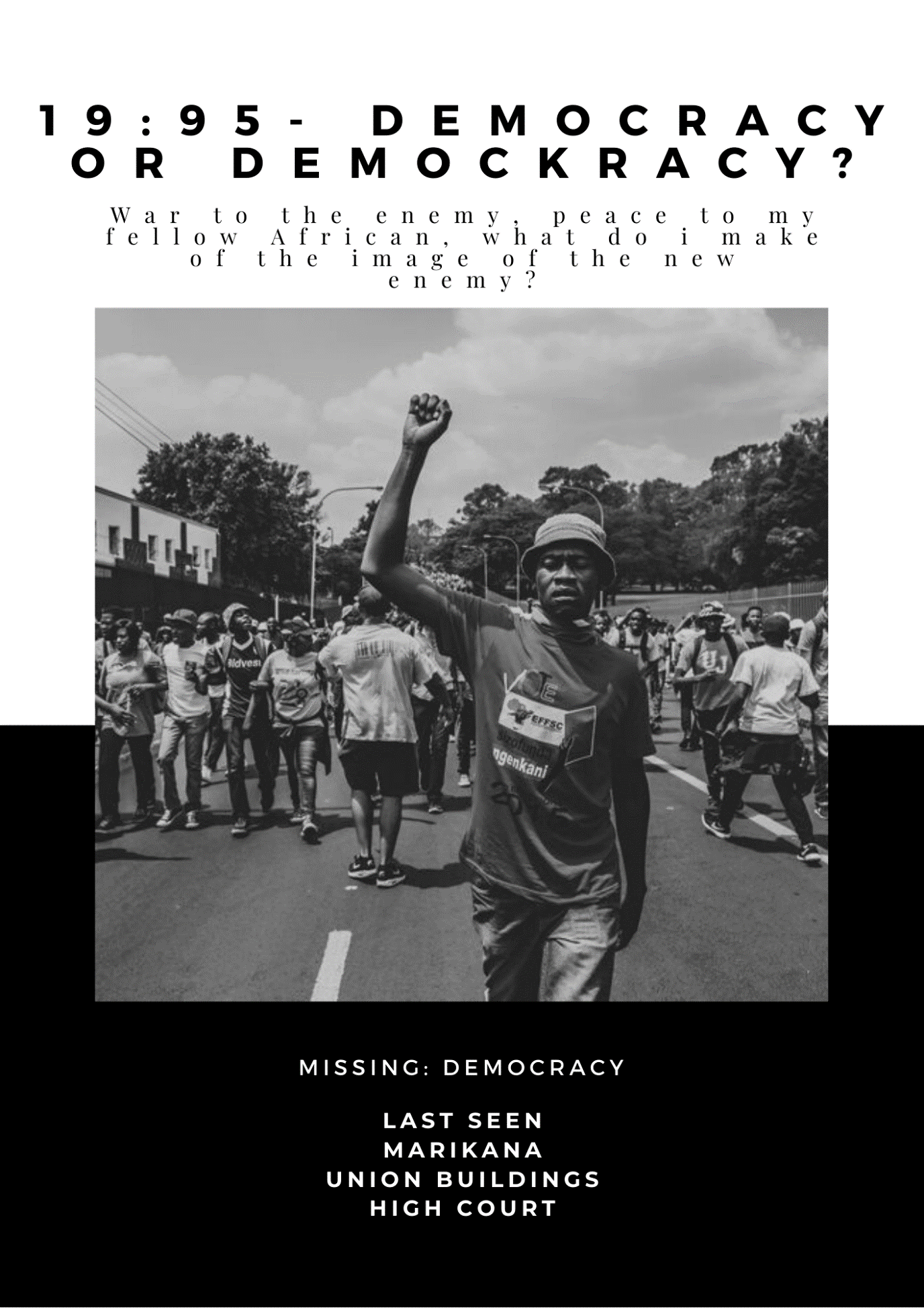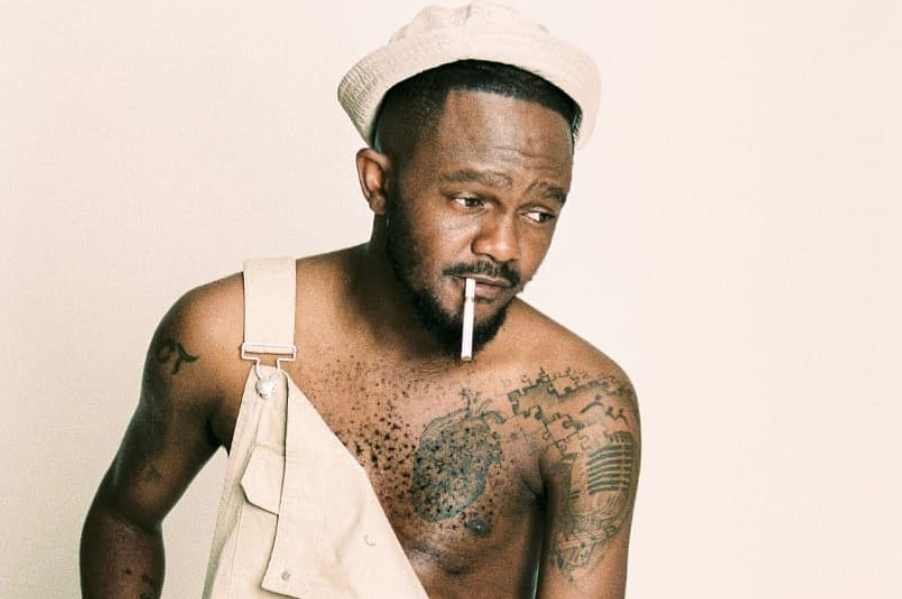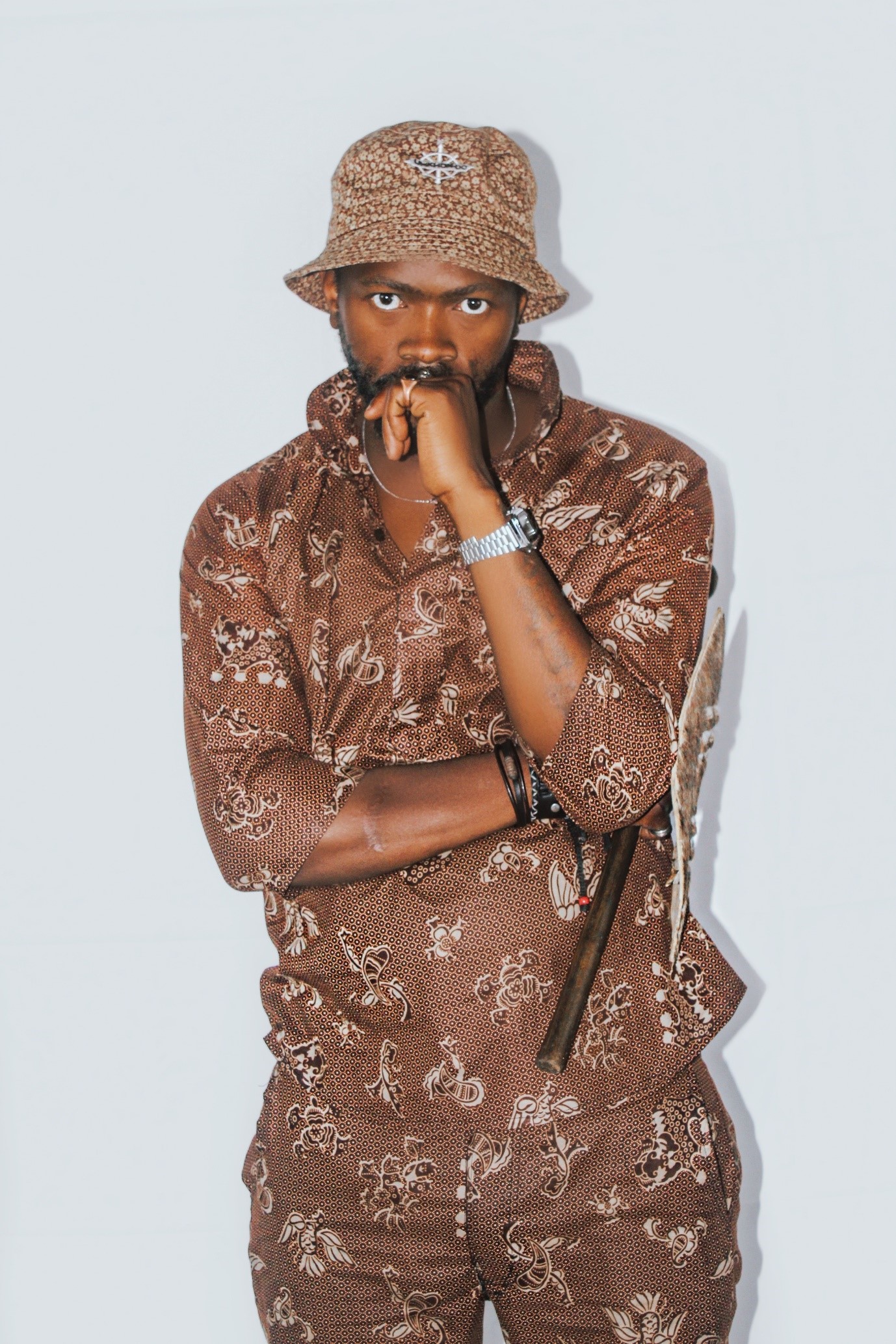“[B]lackness is the anoriginal displacement of ontology […] the irreparable disturbance of ontology’s time and space.”
Fred Moten, Blackness and Nothingness
While blackness, as an imposed reality, that creates a certain field around the subject, has come to be acknowledged as such, little has been done to problematise intersubjective relations between black people. Criticisms have always been either neo-liberal or ‘ultra-hotep’. In this piece, I wish to foreground how an imposed reality and, indeed, an “irreparable disturbance” blackness is, so much that this has and continues to produce violent black people – visible as “black-on-black violence.” I argue that this intersubjective violence is often left unaccounted for and not given the attention it deserves.
Black Space is a Black Consciousness formation of students and is on the main campus of the Central University of Technology, Free State. In the meeting of the 14th of June 2017, its members resolved as follows: “As it stands, the struggle that faces the Black Space is two-fold: one against the white supremacist system of dominance against black people, in the form of structural violence; and the violence black people experience at each other’s hands”. The point to which I was drawing the reader was one about anti-black violence also (re)producing intersubjective violence in black communities and the nature of the sum of these ‘violences’ being structural and embedded in stable institutions that have power and influence. When experiences of exclusion (such as poverty) are taken into account, it is of utmost importance they are acknowledged or recognised as violent, since they breed humiliation and dishonour. When these gradually become not merely experiences of exclusion but existence, they engulf the subject with the anxiety or nervousness that come with being fed up with the incurred difficulties but also refusal of (physical) death.
Furthermore, these experiences (of exclusion) that have accumulated to existence create a situation of lack and consequential disorder. Structural violence is also visible as black-on-black violence in the townships and slums, because the situation is such that blacks should always seek but never have enough of what is sought. Labour comes in as one of the ways to compensate and fill the void of an existence of lack. However, when black people explore these avenues of compensation, they are further alienated from their work and production. This then creates an infernal circle, where the same production (with alienation) extends their existence of lack and dishonour, in the form of capital and further structural violence.
Notwithstanding, there have always been cases of intolerance among black people, xenophobia, gang violence and ‘femicide’ being among the examples. One of the ‘ultra-hotep’ criticisms regarding xenophobia, would be a conception of unity of Africans without regard to the structures and institutions that make and unmake us as Africans and the regulation of these by capital and imperialist values. Suddenly, Africans must unite for the sake of their Africanness – a lost Africanness for that matter – and ignore everything else. Gang violence and thuggery are at first a means of coping with situations of lack and disorder but these further reproduce and multiply those same situations, in which lives are either lost to death, injury or illness. Distress. There is a shortage of critical work that problematizes the above instances. Black people somehow sum up their coalescence of shock and anxiety in one maxim: “We have degenerated.”
‘Femicide’ and misogyny. There is a type of body that was needed for production, to maximise production. It had to be black and masculine. This was not necessarily in accordance to gender, because there were and continues to be women who are more masculine than some men. Masculinity became associated with production and an increased number of these masculine bodies also meant an increase in production. These are the structures that made and unmade us, and continue to shape our experiences and existence. While this background must be acknowledged, instances of misogyny and violent killings of women should continuously be problematized.
The intention of this piece was not to offer answers to the many problems i.e. intersubjective relations in black communities. Instead, this was conversation on how this blackness, this “irreparable disturbance” the world has created, continues to be not only lawless apropos to modern value systems, but also spits in the face of native cultures and value systems; pro-life ways of being.
*******Ndumiso is a student and member of Black Space. Twitter: @mbira_tafari / @1BlackSpace

